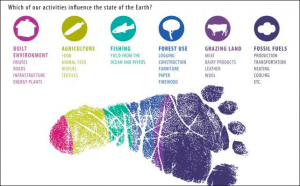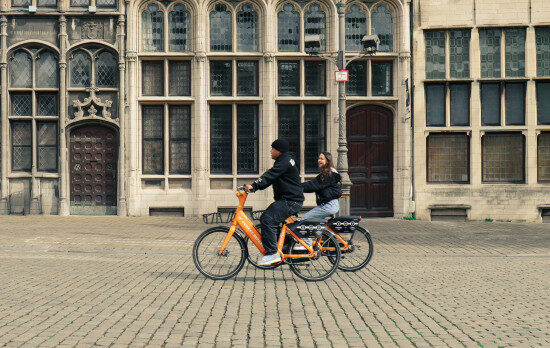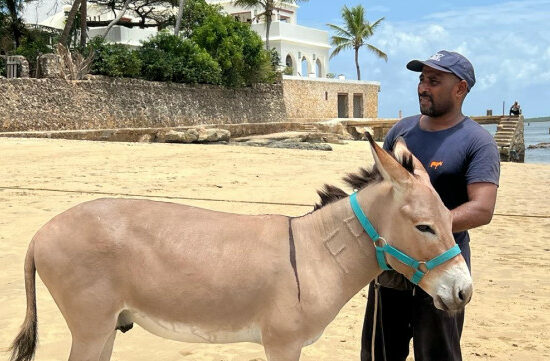
Earth Overshoot Day (EOD) marks the day, when humanity consumes all the resources and services of the planet in a given year. This year the human population overshoots the environment on 29 of July, meaning that we already consumed all the resources the planet can provide us for 2019. But what does it mean exactly regarding our future, and what can we do about it?
You can make your contribution to #movethedate
Each year we reach the overshoot day earlier, meaning that we consume our resources faster, so one planet is not enough anymore to sustain our lifestyle. This might be a depressing fact, but we as individuals have the power to shift it around. So, what can you do to move the date?
1. Understand how your lifestyle impacts the environment:
With the Footprint calculator you can measure many aspects of your life from food consumption, to CO2 emission related activity and many more.
2.Take a step to move the date:
Every change starts with a small step. There are many ways you can reduce your footprint such as eating less meat, hopping on a bike or walking instead of driving a car or keeping in mind sustainability when traveling.
We at Donkey Republic are truly passionate about making city transportation greener and more sustainable and would like to encourage everyone to choose biking instead of cars:
Use the code MOVETHEDATE for a 30 mins free bike-ride and make your own first step to reduce your CO2 footprint!
The code is valid from 29 July until 2 of August in all Donkey cities.
Let’s take a closer look on Earth Overshoot Day to understand it better
Earth Overshoot Day came to life in 2006, by the Global Footprint Network, in order to measure how we deal with our ecological wealth, which also consists of the resources the Earth provides us.
The EOD is calculated as follows:
(Planet’s Biocapacity / Humanity’s Ecological Footprint) x 365 = Earth Overshoot Day
In order to get the planet’s biocapacity we have to look at an inhabited geographical area (eg.: a city, state, nation) and measure its ecological assets with production capability. These assets are all the lands such as croplands, forests, fishing grounds, and built-up lands.
The ecological footprint measures the ecological demand of humanity on nature, through different aspects.

Source: Fcrn
The two components are both given in hectares. And if you’d ever wondered how this complex calculation is made – without going deeply in maths- it is based on the United Nations affiliated data sets.



